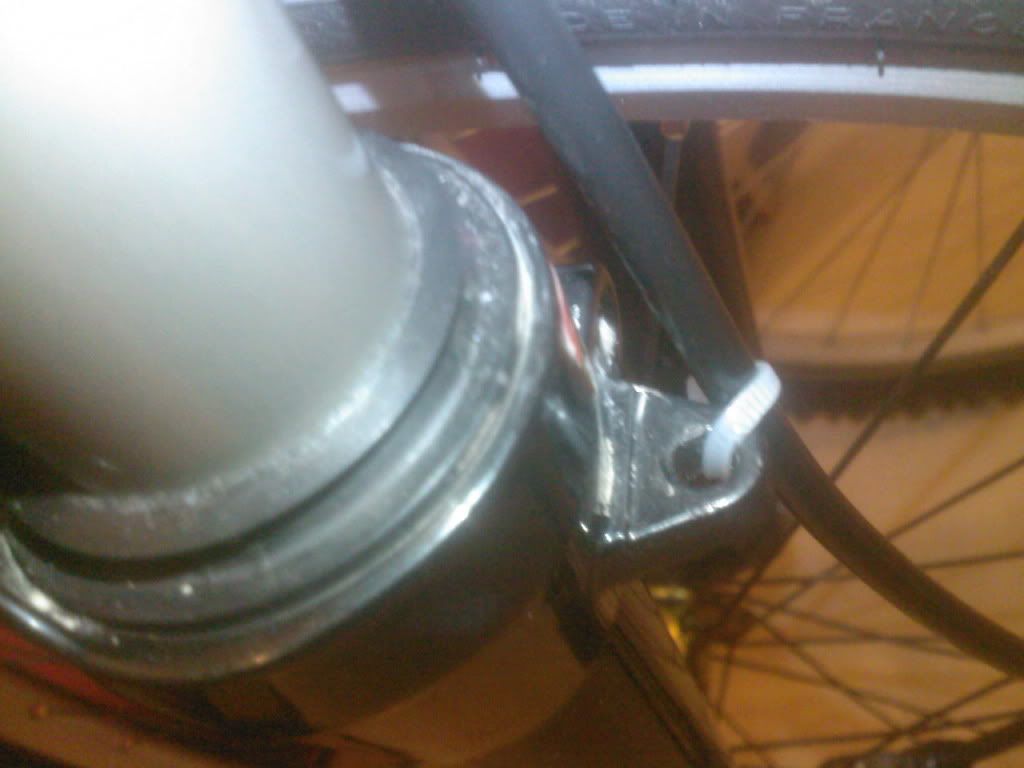- This topic has 20 replies, 9 voices, and was last updated 14 years ago by .
Viewing 21 posts - 1 through 21 (of 21 total)
-
Hydraulic hose routing
-
Viewing 21 posts - 1 through 21 (of 21 total)
The topic ‘Hydraulic hose routing’ is closed to new replies.

